Ingen’s Seahorse, Captive-Bred
$129.99
-
Select Variant
It is the Ingens Seahorse, Hippocampus ingens is among the largest seahorse species. In the wild, they are usually searching for small crustaceans to devour, employing slow movements and camouflage to blend into their surroundings and make themselves unnoticed by predators. They are known as the Ingens Seahorse can be reddish to gray, maroon, gold and yellow with varying shades of brown. They could also be white with fine marks which can run horizontally across their bodies.
Are you looking for the most nutritious food for Seahorses? We suggest the AlgaGen Tisbe biminiensis.
The social fish thrive when they are kept in couples or in small groups in an aquarium that is exclusively for species. A 30 gallon tank is enough for a single pair. Increase the 20 gallons size of the aquarium to accommodate each pair. Spray bars can be utilized to provide a gentle flow, as well as eliminate stagnant areas from the aquarium. Seahorses aren't very strong swimmers preferring to utilize their prehensile tails connect to branches of live rock or algae or other artificial decorations. Seahorses are less prone to contract Vibrio bacteria-related infections when the temperature isn't allowed to go over 74°F. This is crucial in the case of aquariums that contain Syngnathids from other species. It is also important to eliminate waste and uncooked food items daily. Alkalinity and calcium levels need to be checked and maintained in order to ensure that their bone plates remain well-maintained.
They could be kept in tiny, shy fish like tiny gobies, pipefish dragonets, or firefish. But territorial, aggressive, or swift-moving fish don't make ideal partners. Seahorses are harmed by corals and anemones with tentacles that sting or corals that are big enough to eat like brain corals. Although ocean fans Acropora corals and various corals with branches are safe for seahorses. However, they may be damaged due to a seahorse that constantly tacks on them. Crabs and clams could prick an animal, which can cause a wound that can lead to secondary infections. Small ornamental crustaceans could be eaten by seahorses.
Beware of fish that compete with the seahorse in search of food. Seahorses that are captive-bred are used to eating frozen Mysis shrimp, which makes an excellent alternative to wild-caught species. They also feed on amphipods as well as other crustaceans that live in rock. They also eat vitamin-rich adult brine shrimp, however, this shouldn't comprise all of their food. They are slow and deliberate feeders and would prefer two or more small meals a day.
Seahorses are perhaps the most well-known fish on the planet because of their unique appearance and behavior. They are very social and curious fish and are fascinating to observe while you watch them interact with your environment as well as with each other and even their own owners.
Approximate size of purchase: Small: 1-1/2" to 2" Medium; 2" to 3"
- Description
- Additional Information
- Reviews
General info about Ingens Seahorse
Ingens Seahorse, Hippocampus ingens is among the largest seahorse species. When they are in the wild, they will spend the majority of their time looking for small crustaceans to eat with slow-moving movements and camouflage to disguise themselves and make themselves invisible to predators. It can be reddish to gray, maroon, gold, and yellow, with different shades of brown. They may have white marks that may be vertically extending across their bodies. Looking for the ideal diet for Seahorses? We suggest the AlgaGen Tisbe biminiensis. They thrive in social settings when they are kept as couples or in small groups in an aquarium that is exclusively for species. An average aquarium is adequate for just one pair. You can add 20 gallons to the size of the tank for each pair. Spray bars can be utilized to provide a gentle flow and eliminate stagnant areas within the aquarium. Seahorses do not have a strong swimming ability preferring to utilize their prehensile tails to connect to branches of live rock or algae or even artificial decorations. Seahorses are less prone to contract Vibrio bacteria-related infections when the temperature isn't permitted to rise above 74 degrees F. This is crucial when the aquarium is home to other Syngnathid species. It is also important to eliminate waste and uncooked food items daily. Alkalinity and calcium levels need to be maintained and monitored to ensure that their bony plates remain healthy. They could be kept in a small aquarium with timid fish like tiny gobies, pipefish dragonets, and firefish. However, aggressive, territorial, or swift-moving fish don't make great partners. Sea horses can be injured by anemones, corals with tentacles that sting, or corals large enough to eat them like brain corals. Although sea fan, Acropora corals as well as other branching corals are suitable for seahorses, they may be damaged or damaged when a Seahorse continuously tethers itself to them. Crabs and clams can pierce an animal, which can cause a wound that can lead to secondary infections. Small ornamental crustaceans can be consumed by seahorses. Avoid fish that can compete with the seahorse to eat. These seahorses, which are captive-bred, are accustomed to eating frozen Mysis shrimp, which makes them an ideal alternative to wild-caught counterparts. They also eat amphipods, as well as other crustaceans in live rock. They also eat adult brine shrimp with vitamin enrichment but it shouldn't constitute the majority portion of their food. These are passive, slow eaters and will prefer two or three smaller meals per day. Seahorses are most likely the most well-known fish around because of their distinctive appearance and behavior. They are extremely social, curious fish, and are fascinating to observe while engaging with the environment as well as with each other and even their own owners.
size
Large, Medium, Small
Units
1
Weight
6 lbs
Dimensions
1 × 1 × 1 in
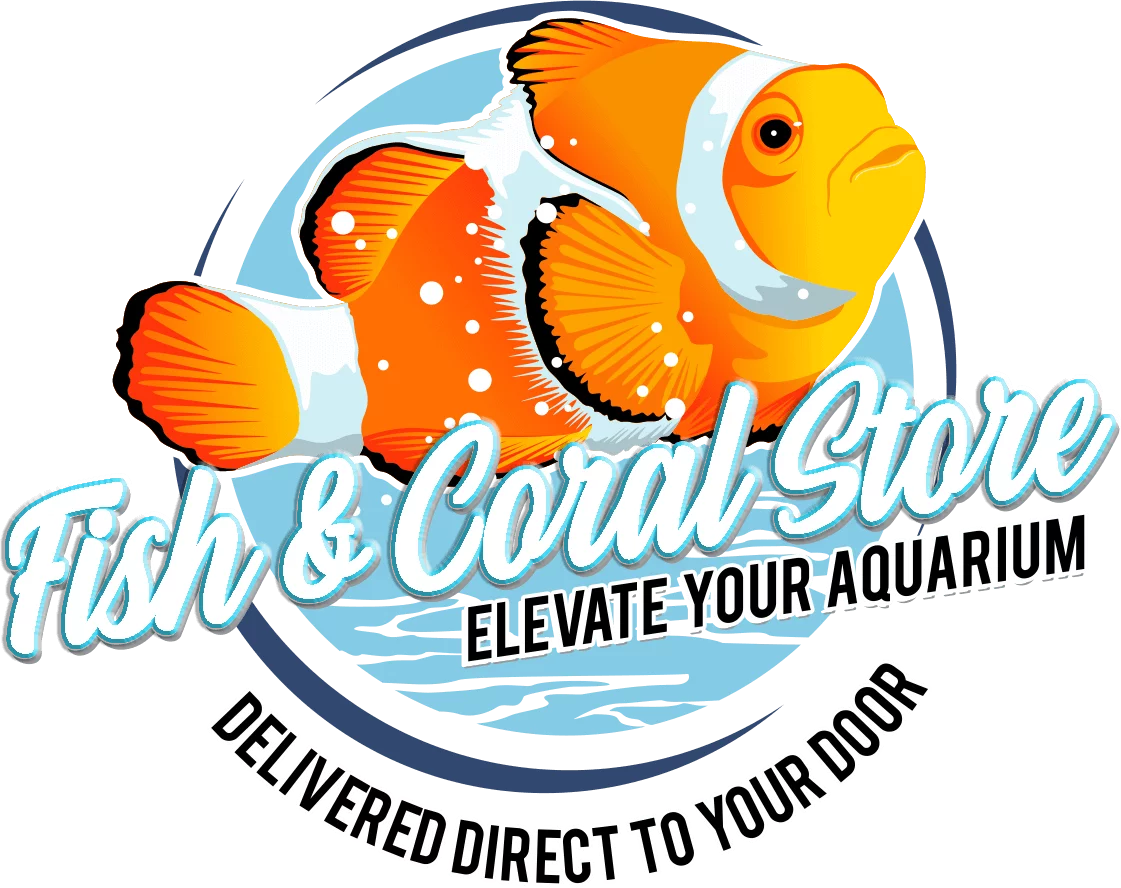
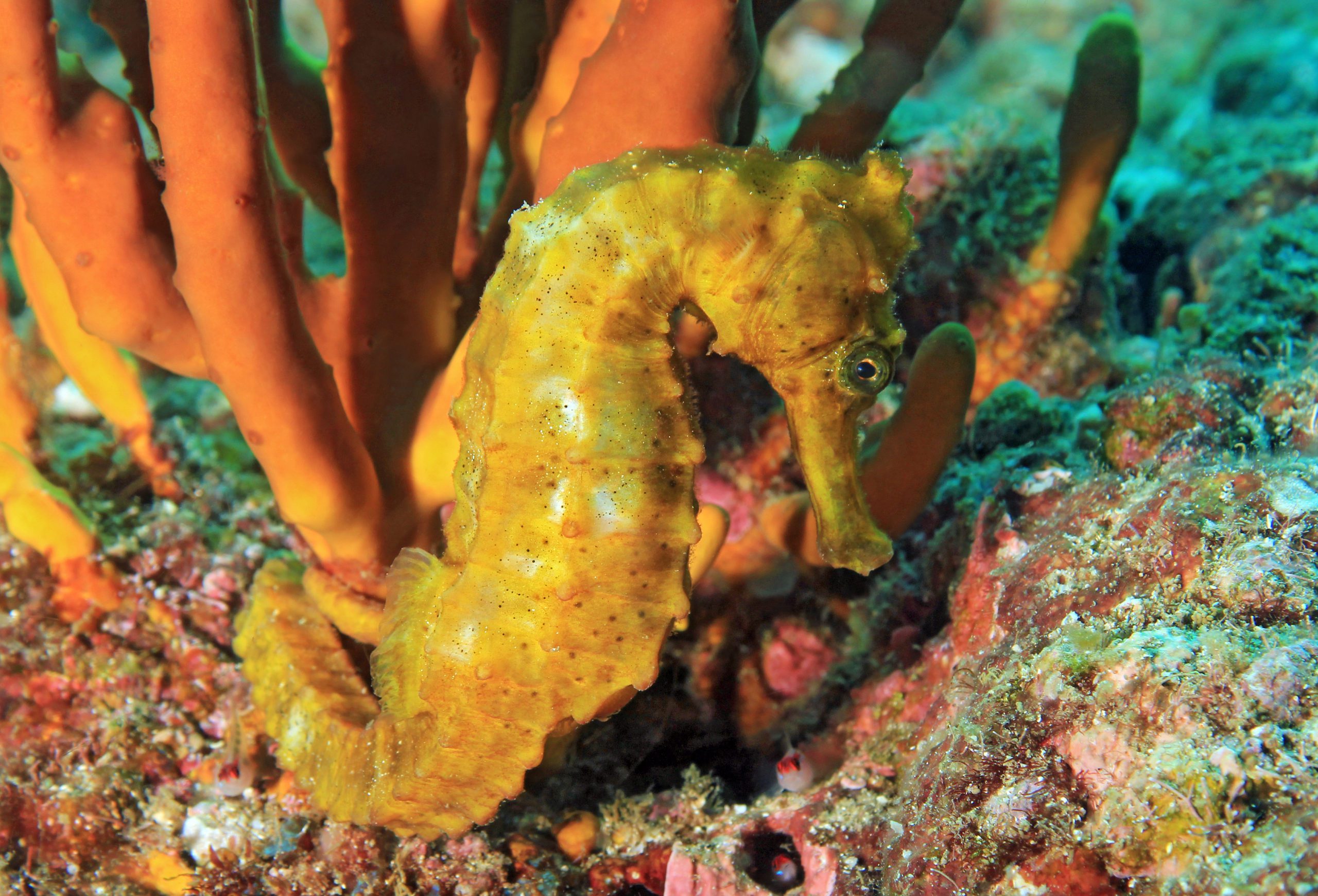
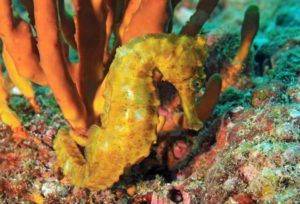
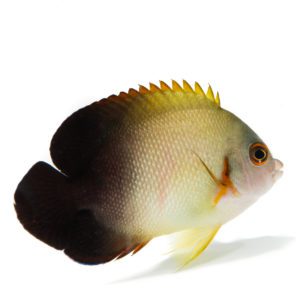
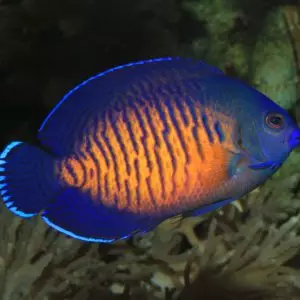
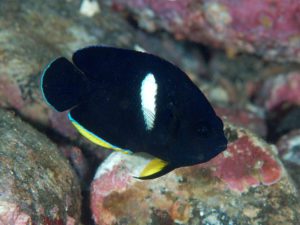
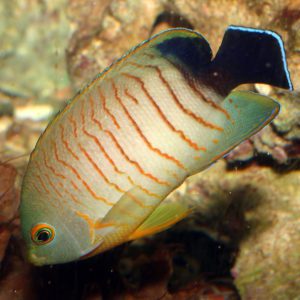
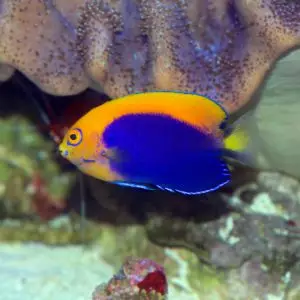
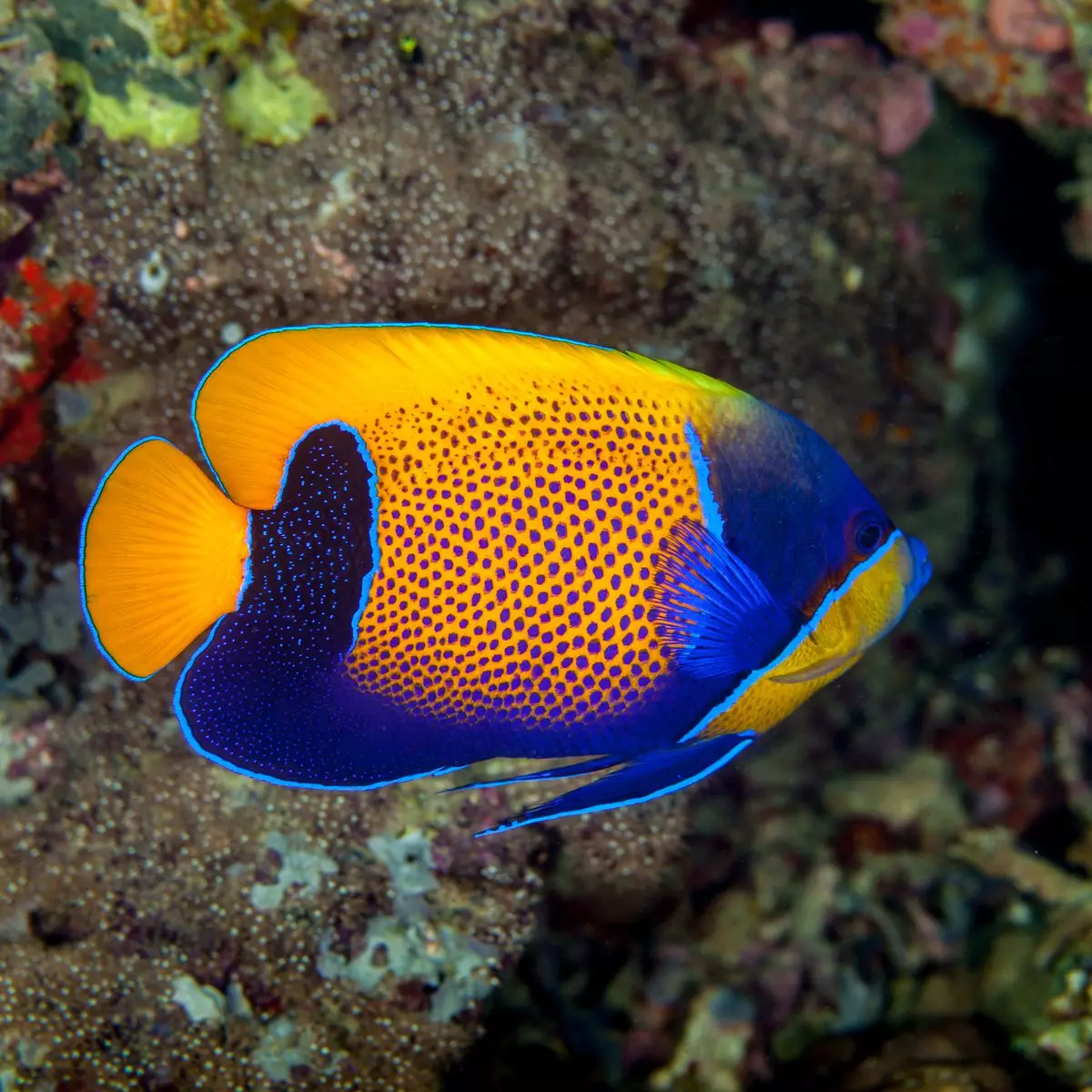
Reviews
There are no reviews yet.